Being healthy and good for the world can both improve when you switch to a plant-based diet. But if you’ve never eaten this way before, it might be hard to know what to eat and how to begin. This book for beginners tells you everything you need to know about a plant-based diet. It has a simple meal plan, success tips, and methods to stay on track with your nutrition.
Understanding The Basics Of A Plant-based Diet
A plant-based diet is primarily made up of things that come from plants, like fruits, grains, nuts, seeds, beans, and veggies. A vegan diet doesn’t allow any animal products because it’s morally wrong to do so. A plant-based diet, on the other hand, can be more open and sometimes include small amounts of animal products while focusing mostly on plants.
The main idea is to eat a lot of whole, barely prepared plant foods. This change can help people control their weight and lower their chances of long-term diseases like heart disease, diabetes, and some cancers.
A lot of beginners worry that they won’t get enough of certain nutrients. A lot of people worry about getting enough protein, iron, vitamin B12, and omega-3 fatty acids. But if you plan, you can get these nutrients from a number of different plants. Protein can be found in lentils, chickpeas, quinoa, tofu, and nuts. Iron can be found in dark leafy greens and beans. B12 can be found in enriched plant milks and cereals. Omega-3s can be found in flaxseeds, chia seeds, and walnuts.
Preparing For The Transition
You don’t have to change everything about your life overnight to start a plant-based diet. Making changes slowly is often the best way to avoid stress. To start, eat more plant-based meals every week. For example, instead of meat-based dinners, try veggie stir-fries or healthy grain bowls.
It’s easy to cook when you have basic foods in your kitchen. To keep meals tasting good, eat a lot of whole grains (like brown rice, oats, and quinoa), legumes (like black beans, lentils, and chickpeas), nuts, seeds, and different kinds of herbs and spices. Also, milks made from plants, like almond, soy, or oat, work well instead of dairy.
It can save you time and keep you from having to make too many decisions. You should chop vegetables, cook grains, and make easy sauces or salads once a week. When you have items ready to go, you’re more likely to cook at home and avoid processed foods.
Sample 7-day Plant-based Meal Plan For Beginners
This easy 7-day meal plan will help you get off on the right foot by balancing nutrition and taste:
Day 1
- Breakfast: Overnight oatmeal with almond milk, chia seeds, and fruit.
- Lunch: a quinoa salad with tomatoes, cucumber, beans, and a lemon-tahini sauce
- Dinner: Broccoli, bell peppers, brown rice, and stir-fried tofu.
- Snack: peanut butter on apple slices
Day 2
- Breakfast: Green smoothie made with spinach, banana, flaxseed, and soy milk
- Lunch: lentil soup with carrot and celery.
- Dinner: Avocado-topped tacos with black beans and sweet potatoes
- Snack: hummus-covered carrot sticks
Day 3
- Breakfast: Whole grain toast with avocado and cherry tomatoes.
- Lunch: A Mediterranean chickpea dish with olives, cucumbers, and parsley.
- Dinner: chickpea soup with vegetables and white rice
- Snack: A handful of different nuts
(Repeat similar meal plans for Days 4–7, making sure to focus on variety and getting all of your macronutrients.)
Easy And Delicious Plant-based Recipes To Try
Making simple recipes can keep you going. Plant-based overnight oats with nuts and fresh fruit on top are a healthy breakfast that’s ready when you wake up. Smoothies made from fruits, seeds, and fresh veggies are a quick way to get more nutrients.
A mixed greens salad with roasted veggies and beans, topped with olive oil and lemon juice, is a simple lunch. Meals that fill you up include grain bowls with quinoa or brown rice, a protein source like tofu or beans, and brightly colored vegetables.
You can eat stir-fries, rich stews, or pasta with tomato sauce and mushrooms that have been sautéed for dinner. Nuts, fresh fruit, or vegetables with hummus make great snacks that are also healthy.
Overcoming Common Challenges
People who are new to a place often miss the tastes and smells of home or worry about making friends. Cravings are normal, but you can control them by making sure your meals taste good and fill you up. Try different herbs, spices, and ways of cooking to keep things interesting.
It can be hard to find plant-based food when you’re out to eat, but many places now do. To find food, try veggie burgers, salads with beans, or pasta primavera. Don’t be afraid to ask if foods can be made without using animal products.
Another worry is making sure there are no food gaps. Vitamin B12 is mostly found in animal foods, so you might want to take a supplement. Regularly eat plant-based foods that are high in iron, along with vitamin C, to assist your body in absorbing it better.
Tools And Resources For Success
Many websites and apps can make shopping and planning meals easier. Some apps, like “Oh She Glows” and “Forks Over Knives,” give you food ideas and recipes. Joining plant-based communities online or in your area can help and inspire you.
For starters, “How Not to Die” by Dr. Michael Greger and “The Plant-Based Solution” by Joel Kahn are both great books. You can make your move easier by learning from what other people have done.
Conclusion
It doesn’t have to be hard to switch to a plant-based diet. You can eat tasty, healthy meals that are good for you and the environment if you have a clear meal plan, easy recipes, and a few pantry items. Pay attention to your body, start slowly, and don’t change anything. You’ll find a pace that works for you over time. That’s the real key to success.


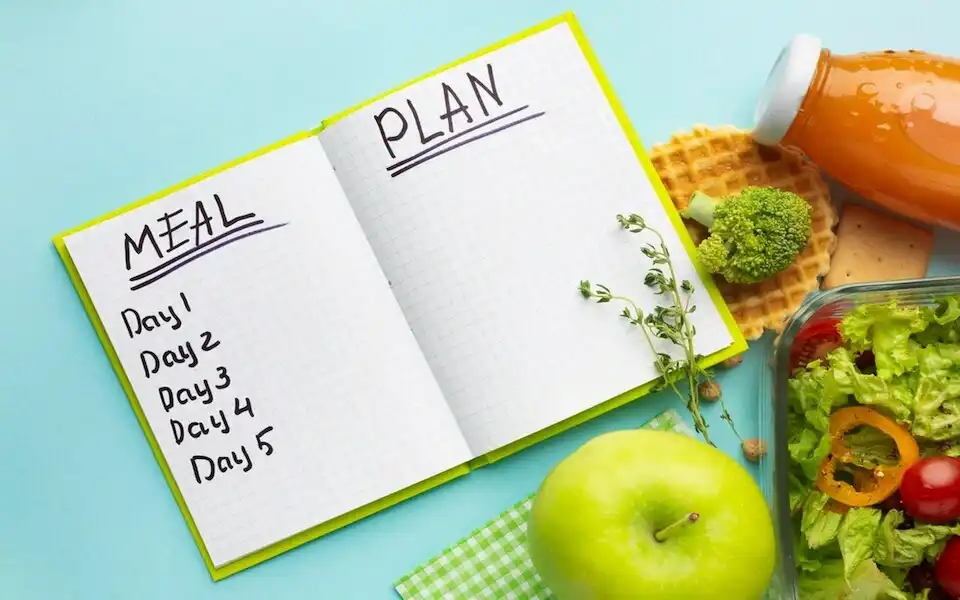
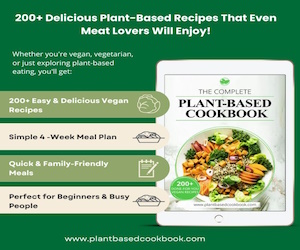
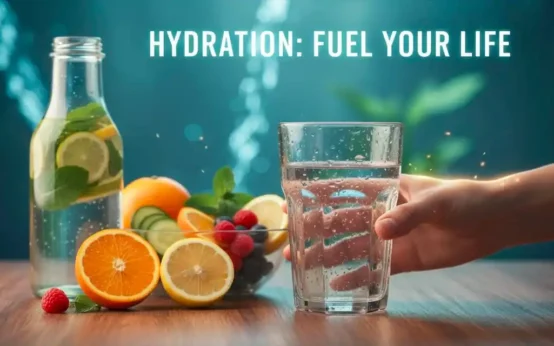 Importance of Hydration for Your Brain, Body, and Everyday Energy
Importance of Hydration for Your Brain, Body, and Everyday Energy 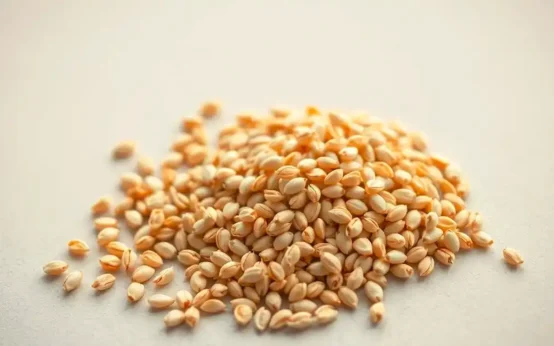 Health Benefit of Sesame Seed
Health Benefit of Sesame Seed 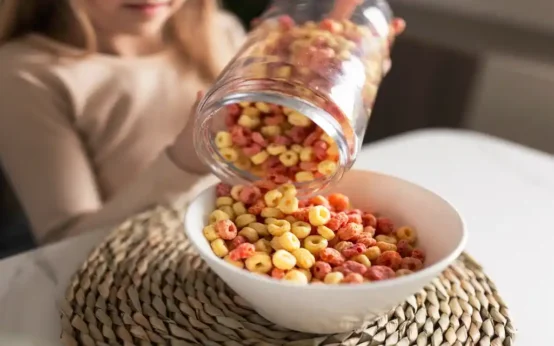 Healthiest Breakfast Cereal for Children
Healthiest Breakfast Cereal for Children  Anxiety Management Techniques
Anxiety Management Techniques 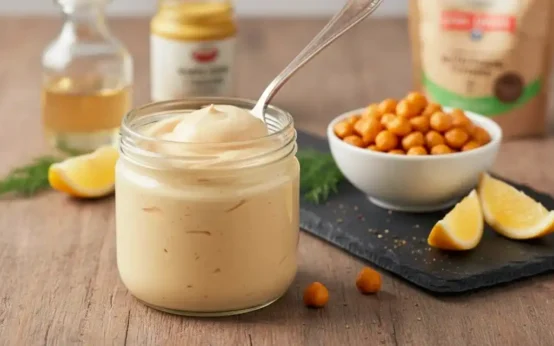 Vegan Oil Free Mayonnaise Recipe
Vegan Oil Free Mayonnaise Recipe 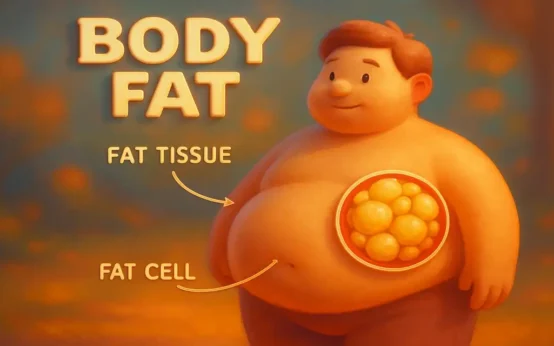 What Makes Fat in Our Body?
What Makes Fat in Our Body?